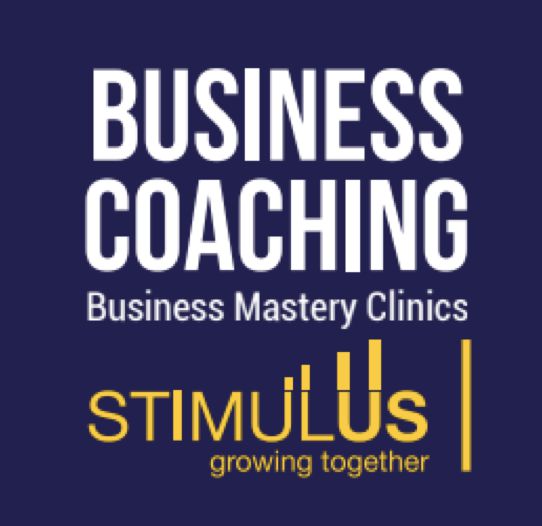A deliberate focus on Business development, especially for Small to Medium-sized Enterprises (SMEs), provides a strategic advantage. To unlock the value it brings requires a deep understanding of the market, your competitors, and a focus on customer needs. Here are key considerations for SME founders to unlock competitive advantages and foster growth:
1. Continuous Learning and Innovation:
- Successful business development hinges on the founder’s commitment to continuous learning. Staying informed about market trends, industry advancements, and emerging technologies is crucial. Innovation stems from a deep understanding of the business environment and the enterprise’s capacity to innovate.
2. Market Insight and Anticipation:
- Anticipating your customer needs and market trends is a proactive approach to business development. SMEs should invest in market analysis to identify opportunities and potential challenges. This foresight enables the business to adapt and grow with evolving customer demands in a rapidly changing environment.
3. Beyond Revenue Analysis:
- Evaluating your business performance goes beyond revenue metrics. SMEs should analyse various aspects, including but not limited to customer satisfaction, operational efficiency, and employee engagement. A holistic approach to performance analysis provides insights for strategic decision-making. This analysis needs to be done throughout the year at various intervals (e.g. quarterly) to enable the business to adjust its strategy as required.
4. Market-Centric Customer Experience Management:
- Customer experience (CX), is a critical factor in business success. SMEs should focus on understanding their customers’ preferences, addressing pain points, and delivering exceptional service. Customer feedback mechanisms go a long way towards helping businesses to understand CX, thesis include:
- Reaching out to your clients via email or providing a newsletter that they can subscribe to that request their opinions on various issues
- Inviting clients in your database to complete satisfaction, new product and other surveys.
- Inviting client’s to participate in Focus Group interviews.
- Social Media and WhatsApp polls are a good way to get feedback quickly on specific points.
- Website analytics can contribute to understanding what content your customers are looking for
- Free-Text Feedback service or WhatsApp / Facebook chatbots.The data gathered from the various channels when analysed, can contribute to effective customer experience management.
5. Investment in Research and Development (R&D):
- SMEs can accelerate growth through investment in R&D internally. This may involve developing new products or services, improving existing service offerings, or exploring innovative solutions. R&D fosters competitiveness and positions the business as a leader in its industry. SME’s can still achieve R&D even without a large budget to invest by utilising their internal resources (skills), employ a Human Centred Design approach driven by their customer engagement and responsiveness to customer feedback.
6. Continuous Professional Development:
- Building a skilled and adaptable team is fundamental to business sustainability and growth. Founder should invest in their own continuous professional development and that of their teams / employees. This includes internal training programs, external workshops, and opportunities for skill enhancement like certifications, ensuring the team remains agile and capable of driving innovation.
7. Agile and Adaptive Strategies:
- The business landscape is dynamic, especially for SMEs in Zimbabwe.A critical part of driving business growth is to be aware of the changes as they emerge and adapt. Adopting agile and adaptive strategies allows for quick responses to changes in the market. Flexibility in business models and operations is essential for sustainable growth. Utilising adaptive strategy, which is a strategic discovery process which ensures long term growth for the business through adaptability and agility.
8. Strategic Partnerships and Collaborations:
- SMEs can leverage strategic partnerships and collaborations to access new markets, technologies, or expertise. Building a network of alliances expands the business’s capabilities and fosters mutually beneficial relationships in business ecosystems.
9. Digital Transformation:
- Embracing digital transformation is key for SMEs to enhance operational efficiency through automation of some of their processes. Internally in the business, the use of collaboration tools and communication technologies to improve team performance is essential. Process automation can support the adoption of standard operating procedures (SOP’s).
- Externally digital transformation enables the business to leverage technology for marketing, promotion, communication, process automation (sales), customer experience (CX) and data analytics. Technology can enable a small business to ‘punch above its weight‘ in the marketplace by making it more responsive and its agility and adaptability more visible.
10. Risk Management and Resilience:
Business development involves calculated risks. SMEs should have robust risk management strategies in place to navigate uncertainties. Building resilience ensures the business can withstand challenges and emerge stronger. There are five basic techniques of risk management that SME’s can utilise to manage risk, namely; Avoidance of risk by assessing its probability and employing mitigation strategies; Retention may be more cost-effective as a management strategy; Spreading the risk of loss to property and persons; Loss Prevention and Reduction strategies are employed when risk cannot be avoided to help reduce the effect of loss in terms of frequency and severity and Transfer of risk through insurance products can enable businesses to insure against the perceived risk.
SME’s should also be aware of the tendency of some vendors and service providers in their supply chain trying to contract out of their risk liability by adding contract terms that insulate them and pass the risk on to the SME’s. It is essential for SME’s to get a professional legal opinion when presented with lengthy contracts by third party businesses and organisations.
Conclusion
SMEs can unlock competitive advantages and accelerate growth through a strategic and learner-centric approach to business development. By investing in digital transformation, innovation and continuous learning, of both the business and its team, SMEs position themselves for long-term success in a dynamic business landscape.




